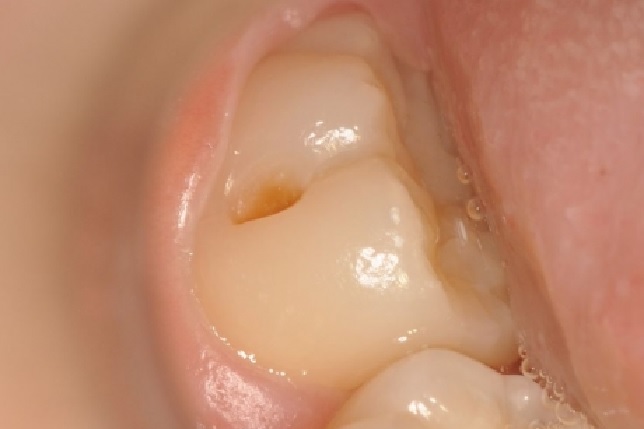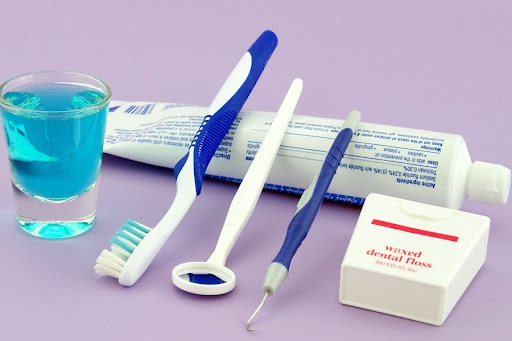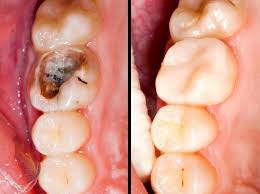Tooth Buccal Pit Cavities: Causes, Treatment, and Prevention of Buccal Pit Decay

A buccal pit cavity is a lesser-known but common dental concern that can lead to tooth decay if left untreated. This type of cavity forms on the buccal surface—the side of the tooth facing the cheek—typically in the back molars where pits and grooves are more prevalent. If you’ve ever had a filling on the side of a tooth or heard the term “buccal filling”, you might be dealing with a tooth buccal pit cavity.
In this comprehensive guide, we’ll dive into the causes of buccal pit cavities, their symptoms, treatment options such as buccal fillings, and how to prevent them. We’ll also explore related topics like what is a buckle in dentistry, buckled teeth, and other associated terms that you may encounter when discussing dental health.
What Is a Tooth Buccal Pit Cavity?
A buccal pit cavity forms in the pits and grooves of the buccal surface of the molars, specifically on the side of the tooth that faces your cheek. These pits are natural depressions in the enamel, which can make them prone to plaque accumulation and decay if not cleaned properly.
Common Locations of Buccal Pit Cavities:
- Back Molars: Molars are more likely to have pits and grooves, making them common sites for buccal pit cavities.
- Side Surfaces of Teeth: The buccal surface is particularly vulnerable because it’s often harder to reach during brushing, especially in the rear teeth.
Learn more about types of dental cavities and their causes to better understand how cavities form.
Causes of Buccal Pit Cavities
Like all cavities, buccal pit cavities develop when plaque and bacteria build up on the tooth’s surface, producing acid that erodes the enamel. However, several factors make the buccal pit cavity more likely to occur:
1. Poor Oral Hygiene
Since the buccal surface of the tooth faces outward toward the cheek, it’s easy for food particles and plaque to accumulate in the grooves. If you aren’t thorough when brushing or flossing, these areas can become a breeding ground for bacteria.
2. Diet High in Sugars and Acids
Frequent consumption of sugary or acidic foods and beverages can accelerate the formation of cavities, especially in vulnerable areas like the buccal pits.
3. Tooth Structure
The natural anatomy of molars makes them more prone to buccal pit cavities. The deep grooves and pits in molars are difficult to clean thoroughly, leading to decay in those areas over time.
4. Dry Mouth (Xerostomia)
Saliva is critical for washing away food particles and neutralizing acids in the mouth. People who suffer from dry mouth due to medications or medical conditions are more susceptible to cavities, including buccal pit decay.
Discover more about how diet and oral hygiene affect tooth decay for an in-depth analysis.
Symptoms of a Buccal Pit Cavity
Identifying a buccal pit cavity early can prevent further damage. Some of the common symptoms to watch out for include:
- Sensitivity: If you experience sensitivity to hot, cold, or sweet foods on the side of your tooth, it could indicate a buccal pit cavity.
- Visible Pits or Grooves: If the cavity has advanced, you might notice a dark spot or depression on the buccal surface of the tooth.
- Pain When Chewing: As the cavity progresses, it can cause discomfort or pain, especially when chewing on that side.
- Bad Breath or Unpleasant Taste: A cavity, especially if it’s hidden in the pit of the tooth, can lead to the buildup of bacteria, causing bad breath or a bad taste in the mouth.
If you notice any of these symptoms, it’s important to visit your dentist promptly for evaluation and treatment.
Treatment Options for Buccal Pit Cavities
If you’ve been diagnosed with a buccal pit cavity, your dentist will recommend treatment based on the extent of the decay. The primary treatment for this condition is a buccal filling.
1. Buccal Filling
A buccal filling is the most common way to treat a cavity on the buccal surface of the tooth. The dentist will remove the decayed portion of the tooth and fill it with a composite resin material to restore the tooth’s structure and function.
The Buccal Filling Procedure:
- Cleaning: The dentist removes decayed material from the buccal pit.
- Filling Application: A tooth-colored resin (composite) is applied to fill the cavity.
- Shaping and Curing: The filling is shaped to match the natural contours of the tooth and hardened using a curing light.
This treatment effectively seals the buccal pit, preventing further decay and restoring the tooth’s health.
Read more about dental fillings and their benefits in treating tooth decay.
2. Dental Sealants
For patients at high risk of developing buccal pit cavities, especially children and teens, dentists may recommend dental sealants. These sealants are thin protective coatings applied to the chewing and buccal surfaces of molars to prevent plaque buildup in the grooves.
3. Fluoride Treatment
In cases where the buccal pit cavity is still in its early stages, fluoride treatment may help remineralize the enamel, stopping the decay process before it worsens. This treatment can be used in combination with sealants or fillings.
Prevention of Buccal Pit Cavities
Preventing a tooth buccal pit cavity involves maintaining proper oral hygiene and taking additional steps to protect vulnerable areas of your teeth.
1. Brush and Floss Regularly
Brushing your teeth at least twice a day with fluoride toothpaste and flossing daily are essential steps in preventing cavities, including those on the buccal surface. Be sure to angle your toothbrush to clean the sides of your molars thoroughly.
2. Use Fluoride Products
Fluoride strengthens enamel and can help prevent cavities from forming in the pits and grooves of the teeth. Using fluoride mouthwash or getting professional fluoride treatments at your dentist’s office can reduce the risk of decay.
3. Regular Dental Checkups
Visiting your dentist every six months allows them to catch any cavities early, especially those in hard-to-see areas like the buccal pits. Early detection makes treatment easier and more effective.
4. Limit Sugary and Acidic Foods
A diet high in sugars and acids can increase your risk of developing buccal pit cavities. Limiting these foods and rinsing your mouth with water after meals can help reduce the chance of decay.
Internally link: Find out more about preventive dental care and how it helps maintain oral health.
What Is a Buckle in Dentistry?
In dental terminology, “buckle” and “buccal” both refer to the surface of the tooth that faces the cheek. A buckle tooth or buckled tooth refers to teeth that are misaligned or positioned at an angle that may cause cosmetic or functional issues. This misalignment can lead to difficulties in cleaning, making the tooth more prone to cavities or decay, particularly on the buccal surface.
While the terms buckle and buccal are often used interchangeably, they describe slightly different aspects of tooth positioning and structure. Understanding these terms can help you better communicate with your dentist about your oral health.
Internally link: Explore more about buckle teeth and orthodontic solutions to correct misalignment.
Why Treating Buccal Pit Cavities Is Important
Untreated buccal pit cavities can lead to more severe dental issues, including:
- Worsening Decay: A small cavity can progress, leading to more extensive decay that could affect the inner layers of the tooth.
- Tooth Infection: If decay reaches the tooth’s pulp, it can cause an infection, potentially requiring root canal therapy or extraction.
- Pain and Sensitivity: Buccal pit cavities can cause significant discomfort, especially when eating or drinking, due to exposure of the tooth’s sensitive areas.
Treating buccal pit cavities promptly helps preserve the health of your teeth and prevents more complicated dental problems down the line.
Conclusion
A tooth buccal pit cavity might seem like a minor dental issue, but it can lead to serious complications if not treated in time. By maintaining good oral hygiene, visiting your dentist regularly, and addressing any issues as they arise, you can prevent or treat buccal pit cavities effectively. Treatments like buccal fillings, sealants, and fluoride treatments are designed to restore and protect your teeth, ensuring your smile remains healthy and strong.
If you suspect you have a buccal pit cavity or are experiencing sensitivity on the side of your tooth, schedule a dental checkup today to ensure your oral health is well taken care of.
Related Posts You Might Like:
- Dental Sealants: What They Are and How They Protect Your Teeth
- Cavity Prevention Tips for Healthier Teeth
- Understanding Dental Fillings: Types, Benefits, and Procedures










